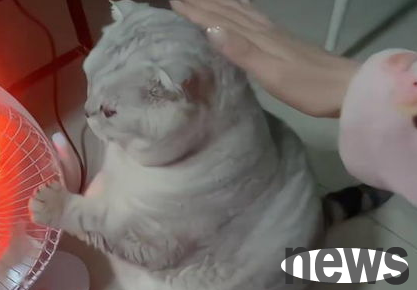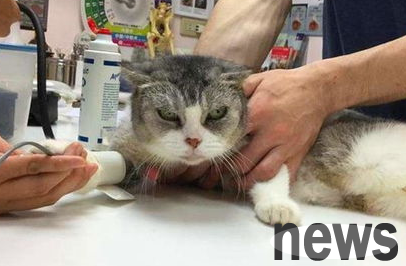Infusion therapy for common cat diseases, a must-see for pet care! Infusion therapy is very common. Oral medication may be convenient, but the effect may not be so fast. The effect of infusion is often immediate. The most common ones are the lack of body fluids after heat stroke in cats, which requires the supplement of normal saline. However, for some serious diseases and inflammation, infusion must be supplemented with oral medications.
Infusion is of great significance to correct electrolyte disorders, acid-base balance, and body fluid balance. Infusion itself can delay the condition and prolong life to win treatment time is of great significance. The indications for infusion are very wide, with the following aspects:

① Correct the fluid balance;
② Correct the electrolyte balance;
③ Correct the acid-base balance;
④ Maintain normal osmotic pressure;
⑤ Hemorrhage adjusts blood volume;
However, the test should be performed before infusion to avoid affecting the test results.
Intravenous infusion is the most commonly used and effective method of rehydration. The main part is the veins of the limbs, and the small saphenous vein of the limbs is the best, which is located on the medial side of the calf. The tail vein can also be used, but it is more difficult. Most of the drugs used for intravenous rehydration are sugar saline, normal saline or compound saline. Other drugs can be added according to the situation. The general dosage should be at 25 to 50 ml of kilograms, and the speed should not exceed 20 to 25 drops per minute. Generally, once a day, and when the condition is serious, it can also be 2 to 3 times a day. Secondly, there are different methods for different symptoms.
1. Diabetic ketoacidosis infusion
1. The first choice is to inject 0.9% saline or Ringer's solution
2. When animals have polyuria, add 10% KCL solution because potassium ions are consumed in large quantities and insulin will reduce the serum potassium ion concentration.
3. At the same time, the appropriate 5% sodium bicarbonate was introduced.

2. Infusion of liver disease animals
1, Ringer's solution and 5% glucose solution were diluted one-to-one, and potassium ion was combined for supplemental administration.
2. Do not use stored blood or plasma, as they can cause hepatic encephalopathy.
3. Avoid using Ringer's Lactate as much as possible, because lactic acid needs to be converted into bicarbonate under the action of lactate dehydrogenase in the liver, and this process is hindered in severe liver disease.
Precautions:
The infusion speed should not be too fast, and the infusion volume should not be too large. The cat's heartbeat and breathing should be closely monitored and the cat's clinical manifestations should be paid attention to at any time. When infusion of cats with weak bodies, the infusion liquid should be heated in a water bath, which can be heated to the cat's body temperature for infusion. And keep the surrounding environment quiet and warm to avoid adverse irritation to the cat. When a cat has vomiting or other discomfort symptoms, the infusion speed should be reduced, the infusion should be stopped if necessary, and corresponding treatment measures should be taken.